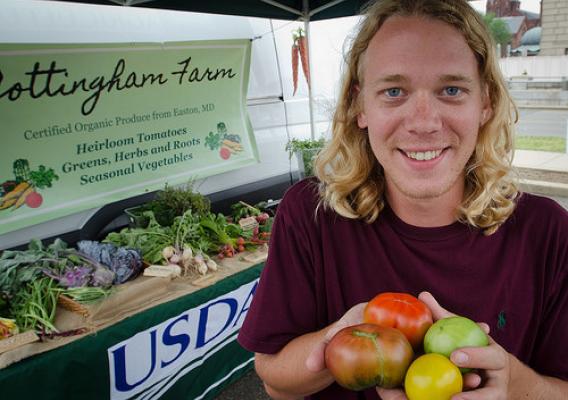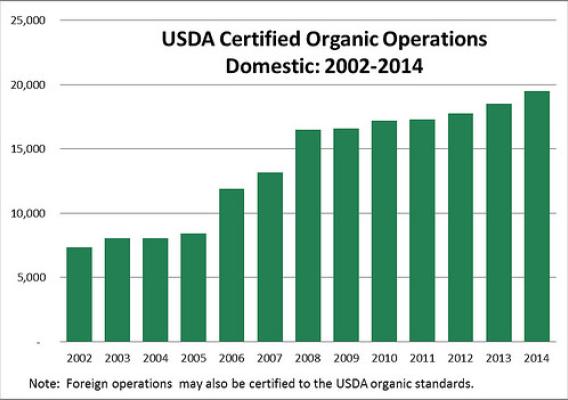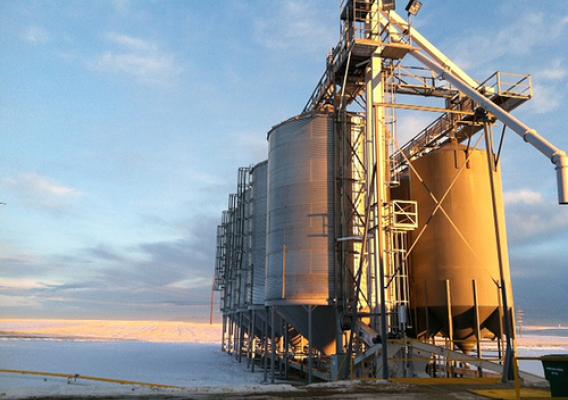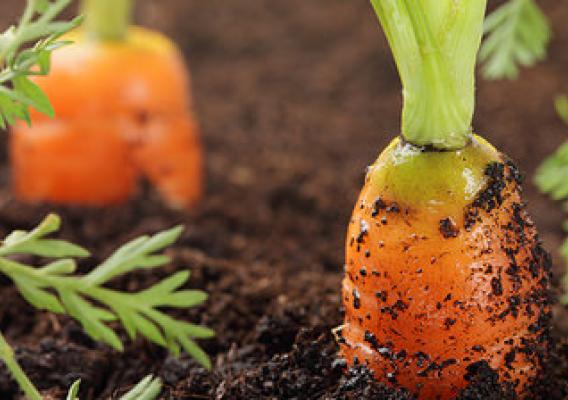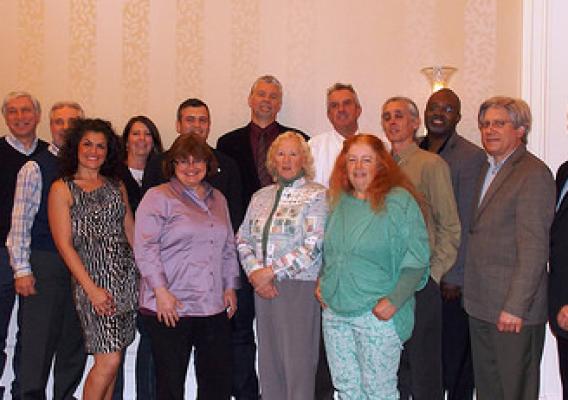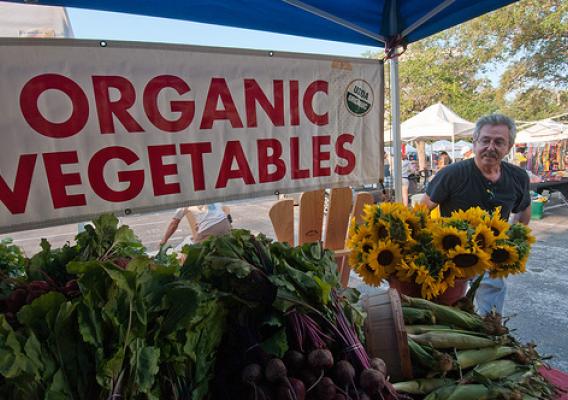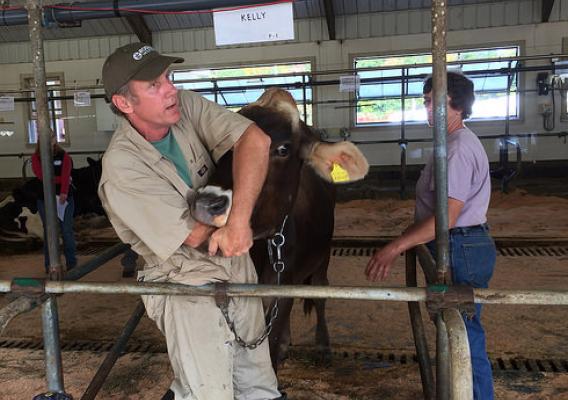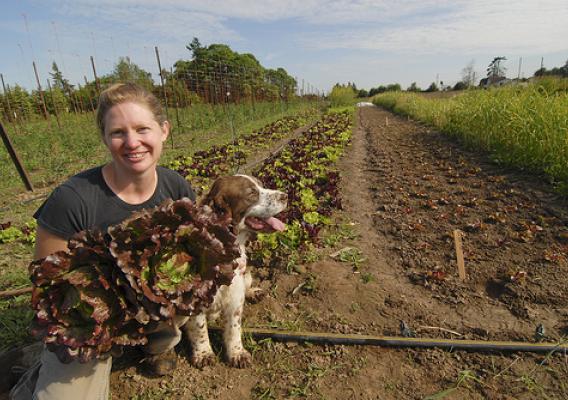From Shayla Bailey, USDA: This is the twentieth installment of the Organic 101 series that explores different aspects of the USDA organic regulations. To mark the 20th milestone, USDA invited Dr. Jean Richardson, Chair of the National Organic Standards Board (NOSB), to be a guest author. The NOSB provides critical support to the USDA and the organic community. We thank the NOSB for their commitment to the organic community, and the integrity of the organic label.
Twice a year, the National Organic Standards Board (NOSB) meets to advise the Secretary of Agriculture on what substances should be allowed or prohibited in organic agriculture. The NOSB recommends standards, policies and guidance that help shape the organic regulations to the National Organic Program (NOP), part of USDA’s Agricultural Marketing Service.
The NOSB was established under the Organic Foods Production Act of 1990, and in accordance with the Federal Advisory Committee Act. Made up of dedicated volunteers, the 15-member board includes four organic farmers, two handlers, three individuals with expertise in environmental protection or resource conservation, three representatives of public interest or consumer interest groups , a scientist, an organic retailer and an organic certifying agent. Earlier this year, I was honored when my fellow board members elected me as the Chair.

